India’s steel industry is set to embark on a significant transformation towards carbon neutrality, driven by global climate goals and local sustainability policies. The European Commission’s Carbon Border Adjustment Mechanism (CBAM) will come into effect in 2026 and will require steelmakers to reduce their carbon emissions to remain competitive in global markets. This is in line with India’s goal of achieving carbon neutrality by 2070.
In this context, the Indian government has launched various initiatives, such as the Carbon Credit Trading Scheme and the SIGHT scheme, to support the production of green hydrogen. These policies encourage the transition from traditional Blast Furnace-Basic Oxygen Furnace (BF-BOF) methods to more sustainable Hydrogen-based Direct Reduced Iron-Electric Arc Furnace (H2-DRI-EAF) methods.
Currently, the Indian steel industry relies on BF-BOF method, which uses coal for 74% of its energy demand. However, green hydrogen offers the potential to significantly reduce carbon emissions by replacing coal. The Ministry of Ports, Shipping and Waterways aims to set up hydrogen hubs in major ports such as Deendayal, Paradip and V.O. Chidambaranar to facilitate hydrogen production and distribution.
Strategic steps such as establishing the Green Steel Corridor, increasing iron ore utilization and strengthening scrap recycling infrastructure are required to accelerate the transition. Furthermore, public-private partnerships and development of innovative production technologies are critical to ensure that green steel is economical and environmentally friendly.


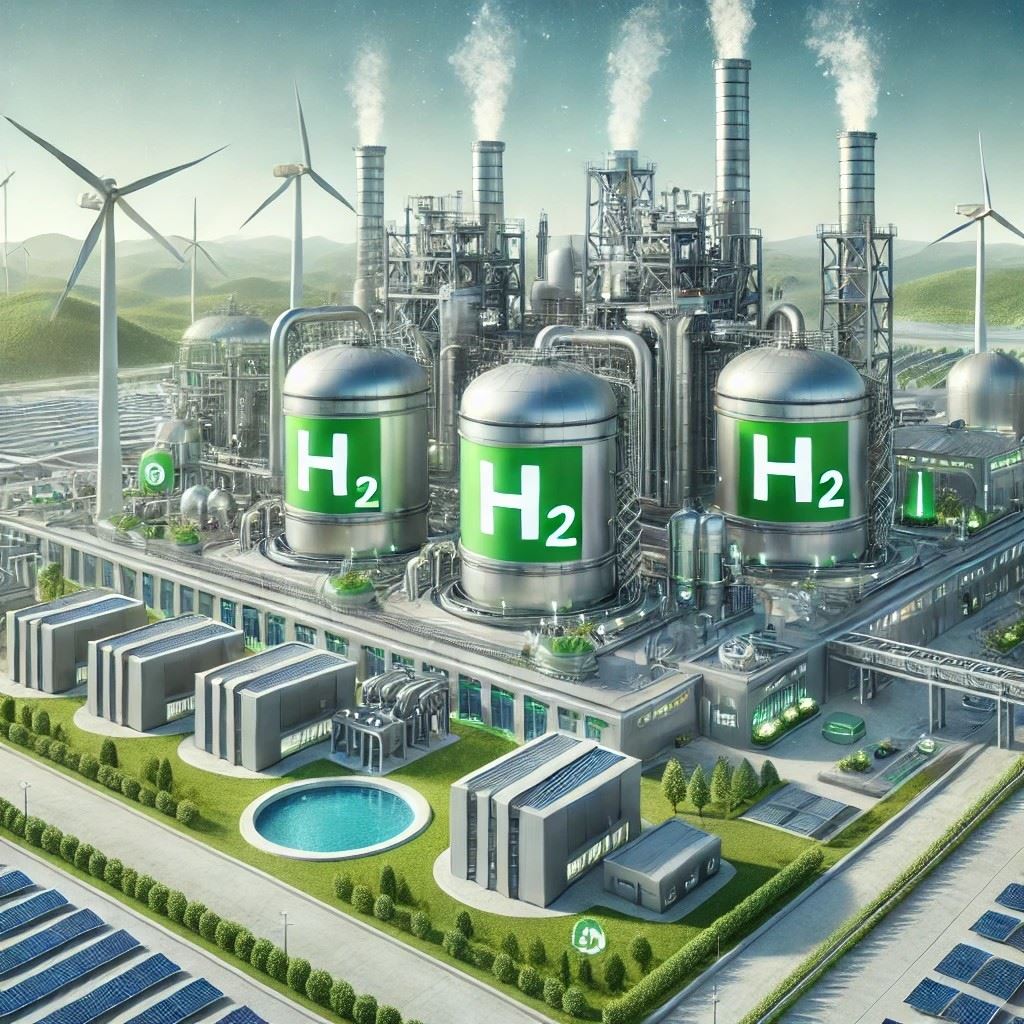
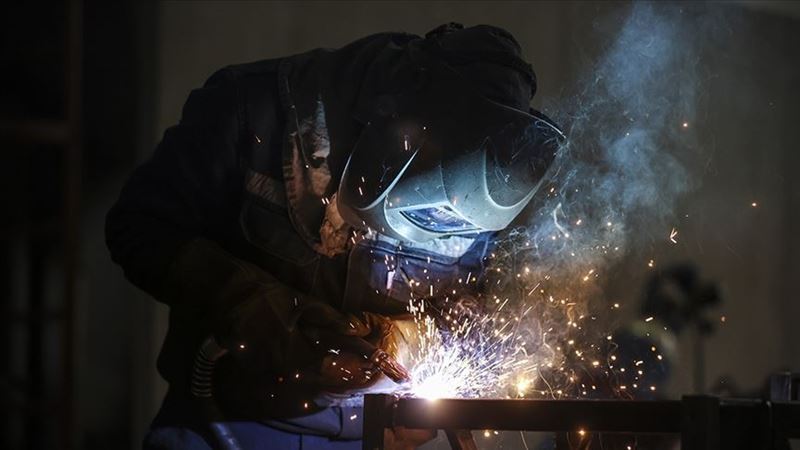
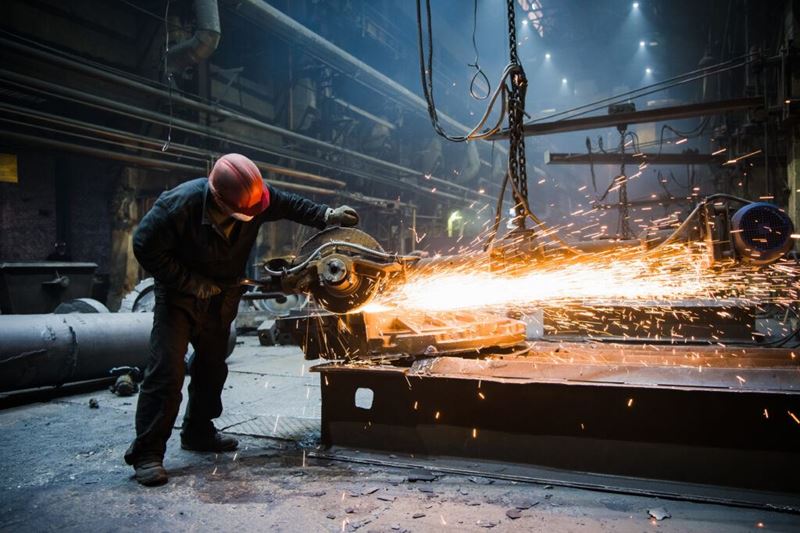
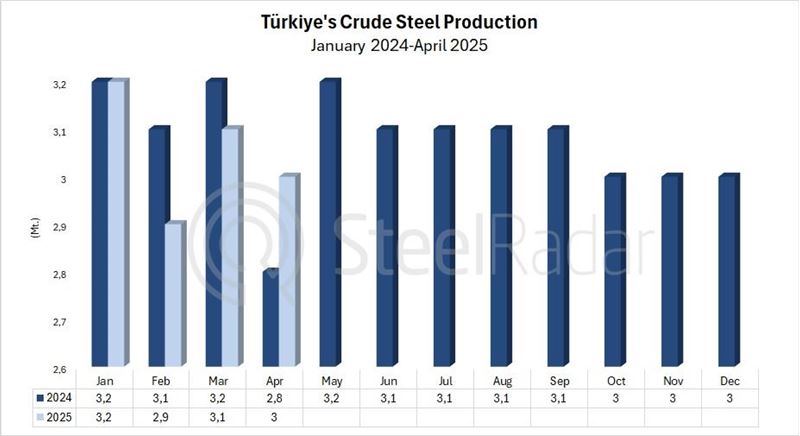
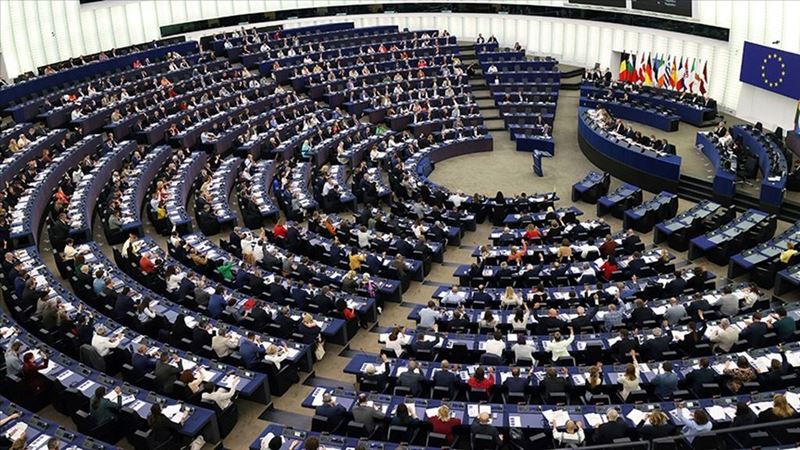
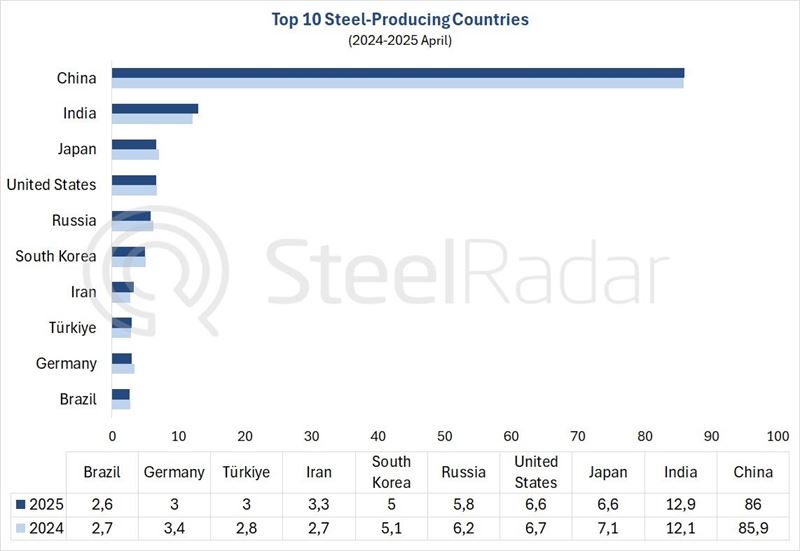

Comments
No comment yet.